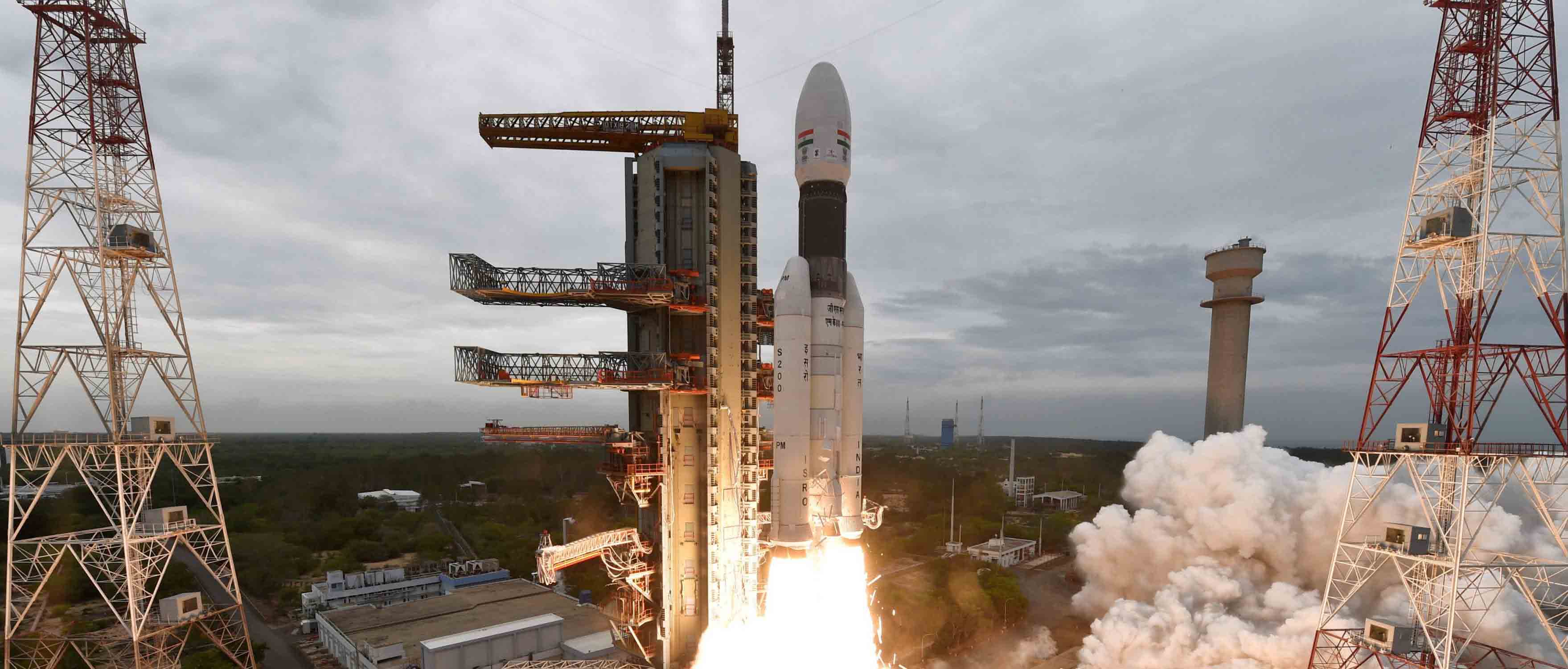Every roboticist dreams of a future where robots can compete in and help prepare humans for sporting events. Assistant professor of Interactive Computing at Georgia Institute of Technology Dr. Matthew Gombolay and his colleagues have introduced a revolutionary robotic tennis partner that might be used as a useful training tool or a challenging opponent.
Gombolay came up with the idea for ESTHER, which stands for Experimental Sport Tennis Wheelchair Robot, in order to bring about his dream of incorporating human-scale robots into the world of athletics and sports training. The constraints of traditional stationary ball machines, which are typically used for tennis practice, are addressed by this ingenious device.
The group’s long-term goal is to make significant strides in the areas of control techniques and strategic decision-making in order to revolutionize athletic training and open doors to applications in other fields outside tennis.
Sowing the idea seed
Gombolay, an avid tennis player, had the idea to create a tennis robot that would be able to improve upon the conventional techniques of tennis instruction, which involve using fixed ball feeders. His objective was to design a machine that could function as a dynamic tennis partner, capable of competing with or against a player while providing feedback on various areas of their game and even taking part in doubles matches.
The difficulty came in accurately reproducing the actions of a human adversary. The sport of wheelchair tennis, which is gaining popularity and now has its own professional league in addition to participation in important competitions such as the Grand Slam and the Summer Paralympics, served as a source of motivation for Gombolay.
The group decided to purchase a wheelchair that was built particularly for wheelchair tennis so that they wouldn’t damage the tennis court. They built ESTHER, a robot on the scale of a person that was outfitted with a tennis racquet for a single arm. ESTHER has the capability of covering both sides of the court and has the potential to change how robotics contribute to the training of athletes and development of their performance.
What’s in a name?
The name “ESTHER” was chosen as a tribute to the famous wheelchair tennis player Esther Vergeer, who at one point had the number one position in the world, in addition to winning a number of major titles and gold medals at the Paralympics. Even if ESTHER is not quite up to Vergeer’s level of expertise, the fact that a human-scale robot that is able to return a tennis ball was successfully developed and built is a significant accomplishment in and of itself.
How it functions
ESTHER’s mobility is made possible by two DC motors that are linked to a gearbox; these motors provide the robot the agility it needs to move about the court quickly. However, the most difficult part of this task is going to be figuring out the best route for the robot to take in order to catch the ball and then following that route with pinpoint precision.
The team overcame this obstacle by deploying a network of high-resolution cameras all over the tennis court and used computer vision algorithms. The technology is able to triangulate the location of the ball in space by utilizing numerous camera angles, which enables the robot to properly predict the path that the ball will take and its final destination. Because yellow or green balls might easily blend in with the court and other things in the area, an orange ball is chosen instead because it is easier to see.
To increase the robot’s decision-making capabilities in relation to mobility and shot execution, modifications are now being implemented to boost control systems. These enhancements will make use of approaches for reinforcement learning. The goal is for ESTHER to grow more combative and skilled at prevailing in competitive situations.
If these benchmarks are accomplished, the project’s ultimate objective, which is to revolutionize sports training and preparation, has a good chance of becoming a reality. Looks like robots are everywhere!
The big question is: “Will it steal jobs from sports coaches?”







